japanese pagoda tree problems
The Japanese pagoda tree is often called the Chinese scholar tree. Watch for leaf hoppers.
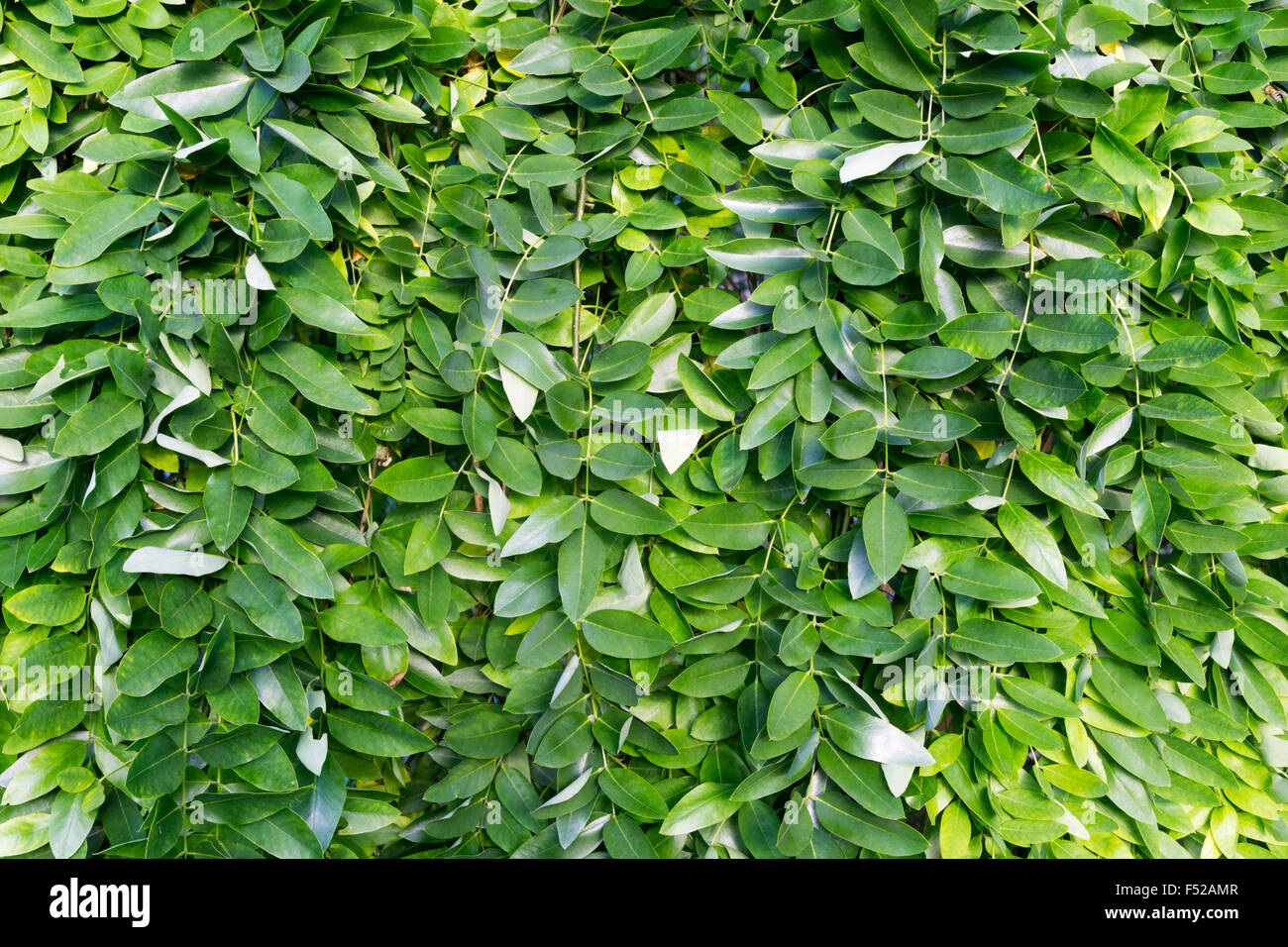
Sophora Japonica The Pagoda Tree Hi Res Stock Photography And Images Alamy
The highlight of this variety is the weeping nature as it tends not to flower and fruit like the standard species.
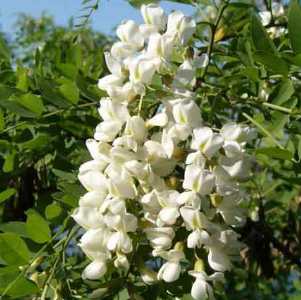
. Problems No serious insect or disease problems. Weeping scholar tree weeping Japanese pagoda tree Family. The Japanese pagoda tree grows 1223 metres about 4075 feet tall and features alternate.
Japanese pagoda care is much easier if you plant these trees in the correct. Japanese pagoda tree problems Saturday March 12 2022 Edit. Multiply your pagoda tree by sowing its seeds in pots in a cold frame.
In areas with hot summers the plant appreciates some afternoon shade. It is a medium to large deciduous tree that typically. Since the 18th century the tree has been widely cultivated outside of East Asia including in Europe North America and South Africa.
It usually is not. 5A through 8A Fig. Japanese Pagoda Tree For vein problems.
The wood is useful in construction. Pagoda tree Styphnolobium japonicum is a plant found in China Japan and Korea. And the tree is cultivated as an ornamental in many places.
Twig blight verticillium wilt canker powdery mildew and rust may occur. Though a member of the Fabaceae the pagoda tree. Seedpods of japanese pagoda tree Pests and disorders of Sophora japonica.
It usually is not a problem on. The Japanese pagoda tree has few known pests but one is the potato leafhopper which kills young stems causing profuse branching or witches broom on small branches. The flowers buds and fruit are used in traditional medicine.
Pagoda tree Styphnolobium japonicum is a plant found in China Japan and Korea. Diseases and pests A naturally resistant tree. Pagoda plants require moist well-drained soil and full sun to partial shade.
Leguminosae USDA hardiness zones. Before planting soak them for a few hours in a glass of water. Extract from Japanese Pagoda Tree has been used widely in Europe since the mid-1960s for treatment of various vein conditions.
Styphnolobium japonicum commonly called Japanese pagoda tree or Chinese scholar tree is native to China and Korea but not Japan. Trees do best in areas with full sun or partial shade and moderate amounts of water. Pagoda plants are generally pest- and.
Pagoda tree contains chemicals similar to. Growing Japanese pagodas is only feasible if you live in USDA plant hardiness zones 4 through 8.
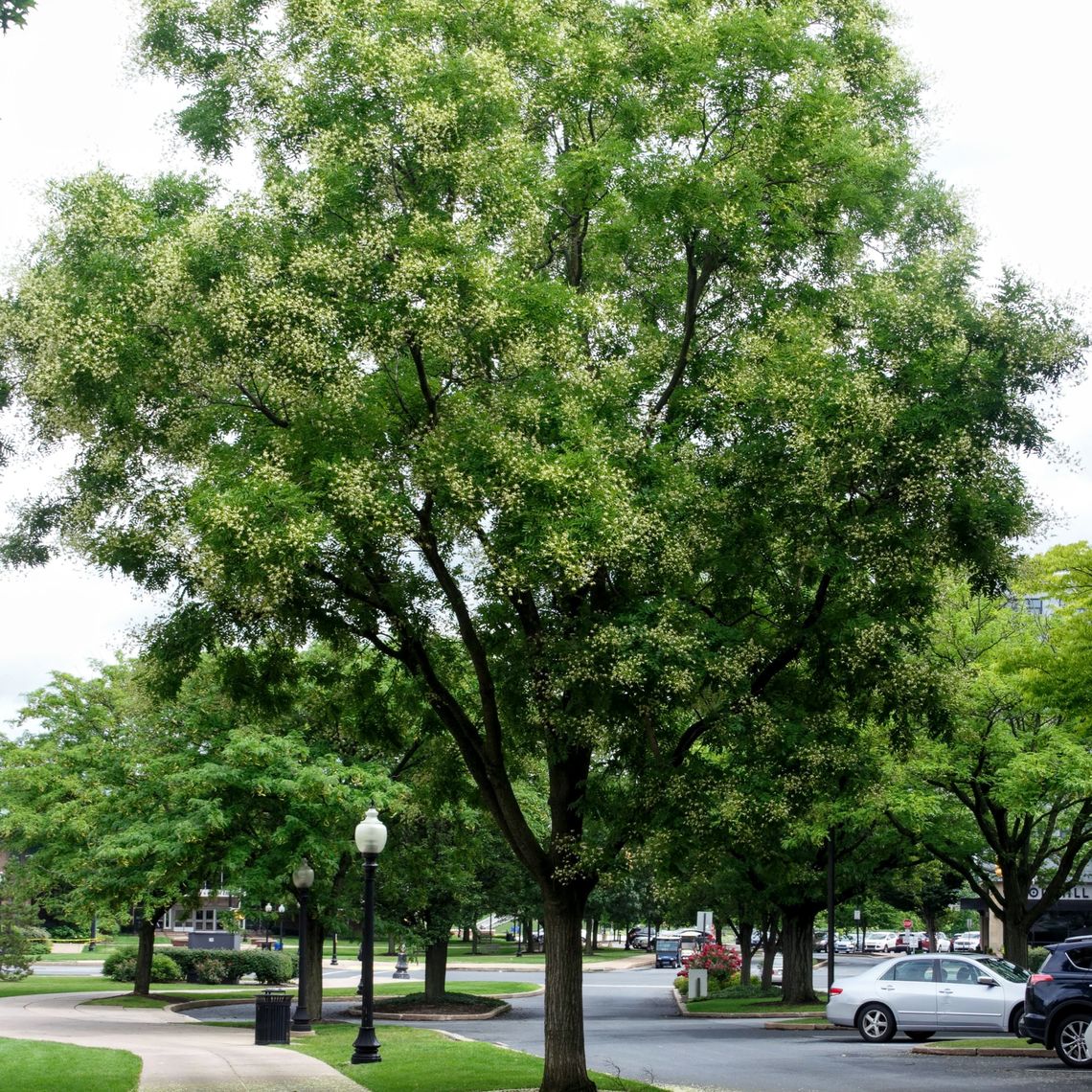
Franklin Marshall Japanese Pagoda Tree Sophora Japonica

Artstation Set Of Sophora Japonica Pendula Trees Japanese Pagoda 2 Trees Resources
A Japanese Pagoda Tree Sophora Japonica L Planted In A Roadside Download Scientific Diagram

Buy Sophora Japonica Japanese Pagoda Tree Seeds Online In Usa Sophora Japonica Japanese Pagoda Tree Seeds Price Treehelp Com

Styphnolobium Japonicum Chinese Scholar Tree Japanese Pagoda Japanese Pagoda Tree Scholar Tree North Carolina Extension Gardener Plant Toolbox
Japanese Pagoda Tree Becoming Popular In U S Cities What Grows There Hugh Conlon Horticulturalist Professor Lecturer And Gardener

Sophora Japonica Var Pendula Weeping Japanese Pagoda Tree It Was Taken By Japan In The Spring Canstock
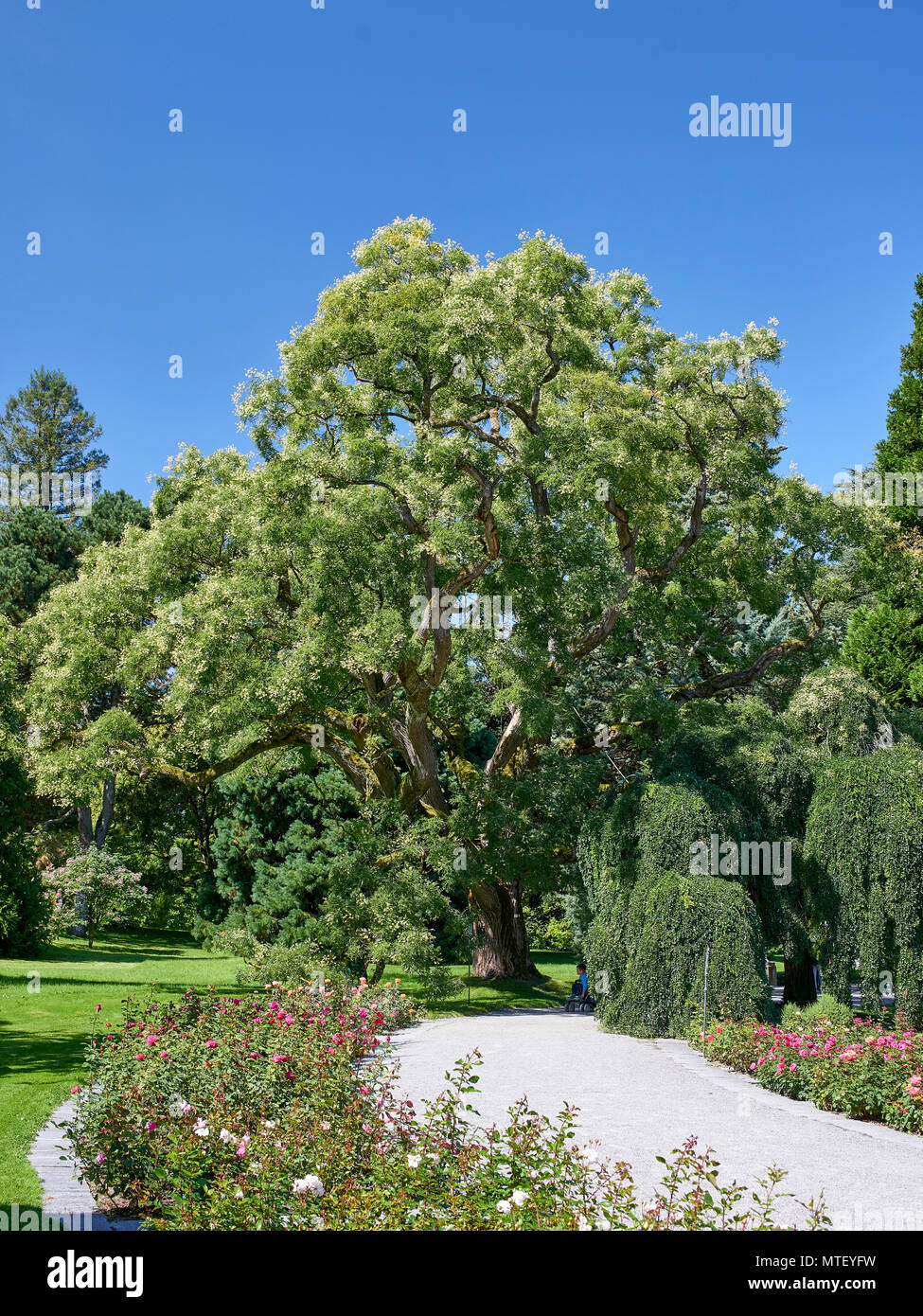
Pagoda Tree Hi Res Stock Photography And Images Alamy
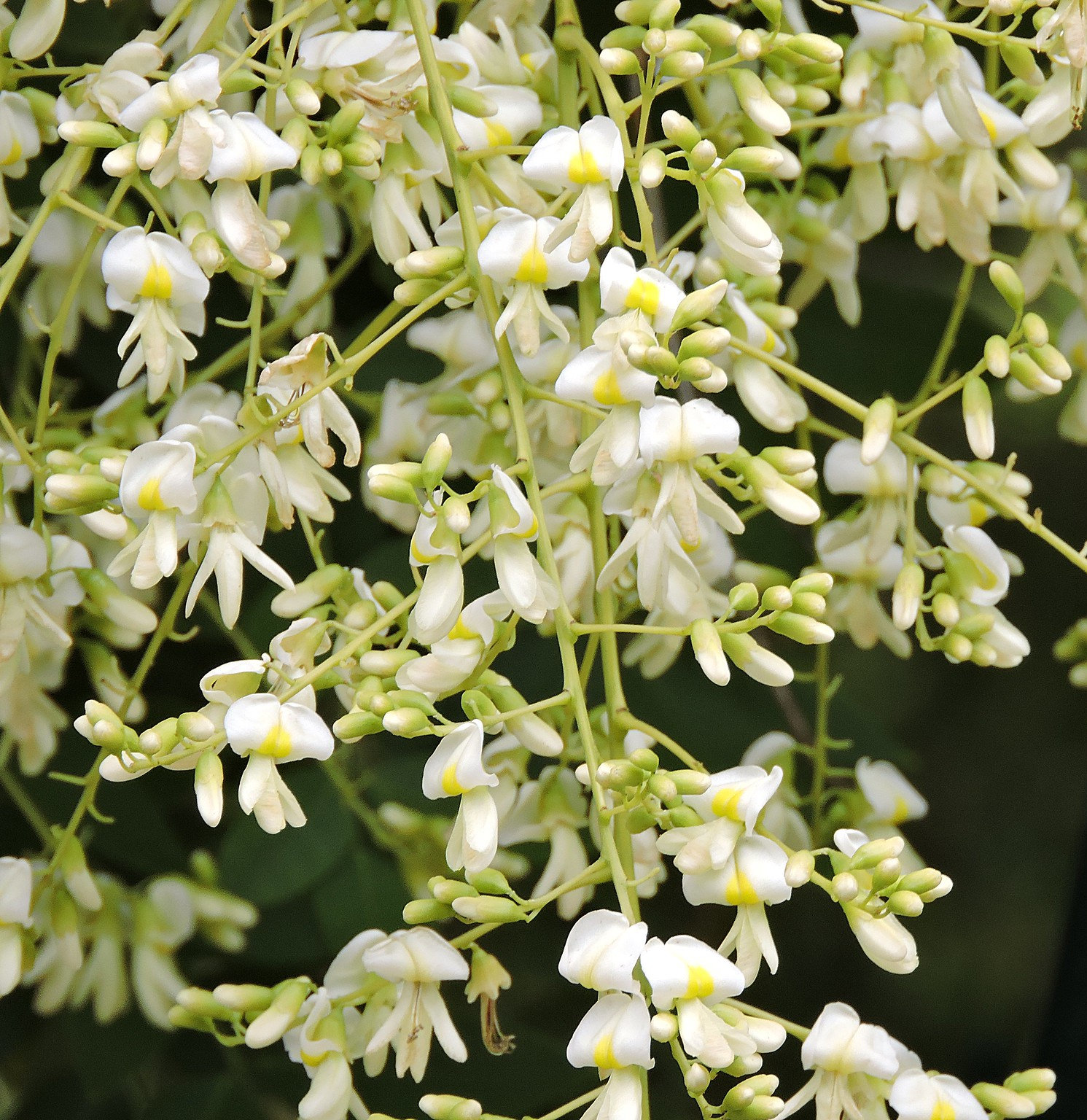
Japanese Pagoda Tree Sophora Japonica 20 Seeds Etsy

The Vineyard Gazette Martha S Vineyard News In Garage Versus Pagoda Town Intervenes On Behalf Of Tree

018 Japanese Pagoda Tree Treescharlotte

Try A Japanese Pagoda Tree Rock Bridge Trees Trees For Bees

Featured Plant Of The Month Weeping Japanese Pagoda Tree Japanese Pagoda Japanese Water Garden Pagoda
Pagoda Tree Styphnolobium Japonicum

:max_bytes(150000):strip_icc()/japanese-pagoda-tree-care-5186863-07-678db2e12f964f979141917e3892ee54.jpg)